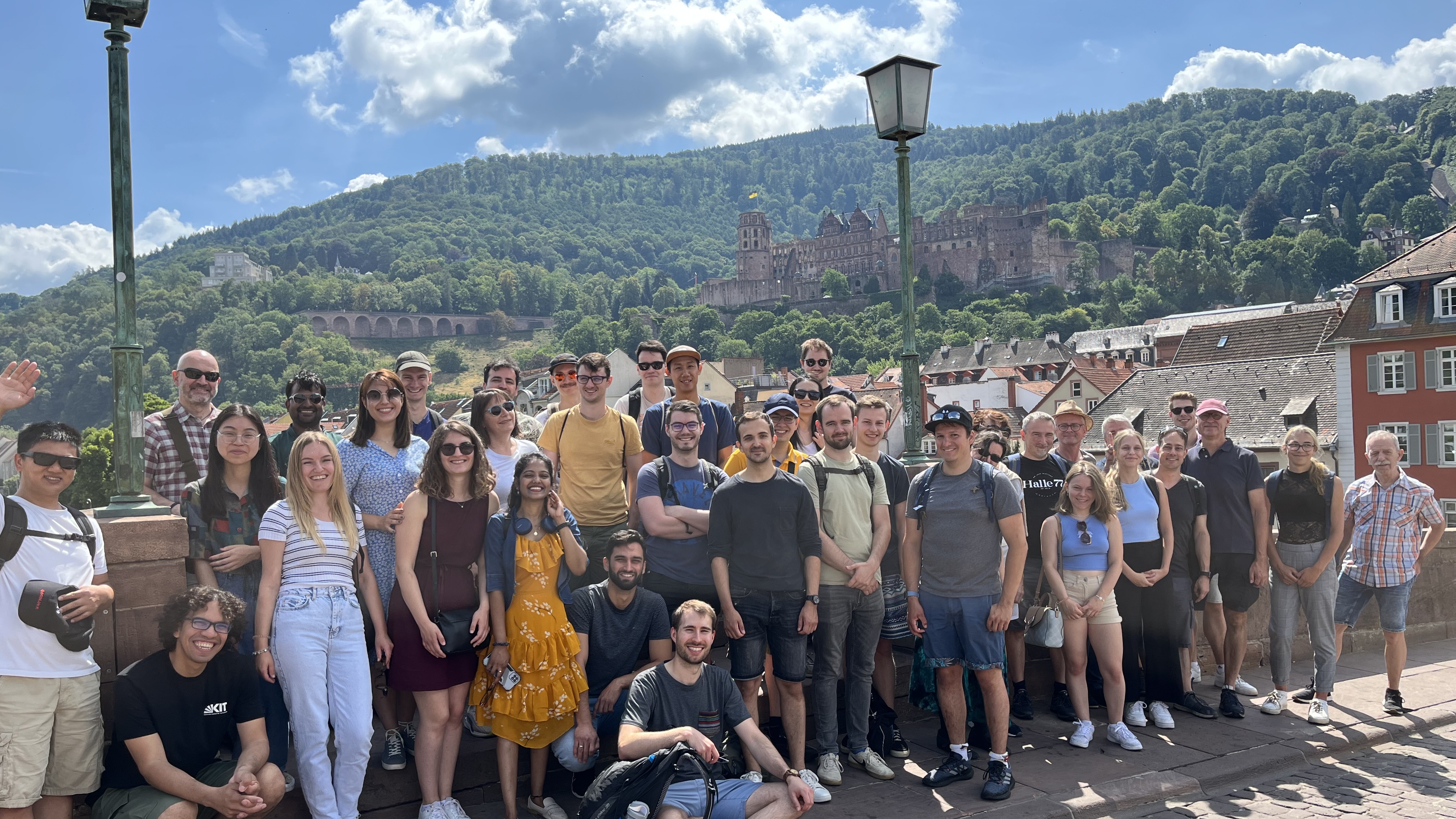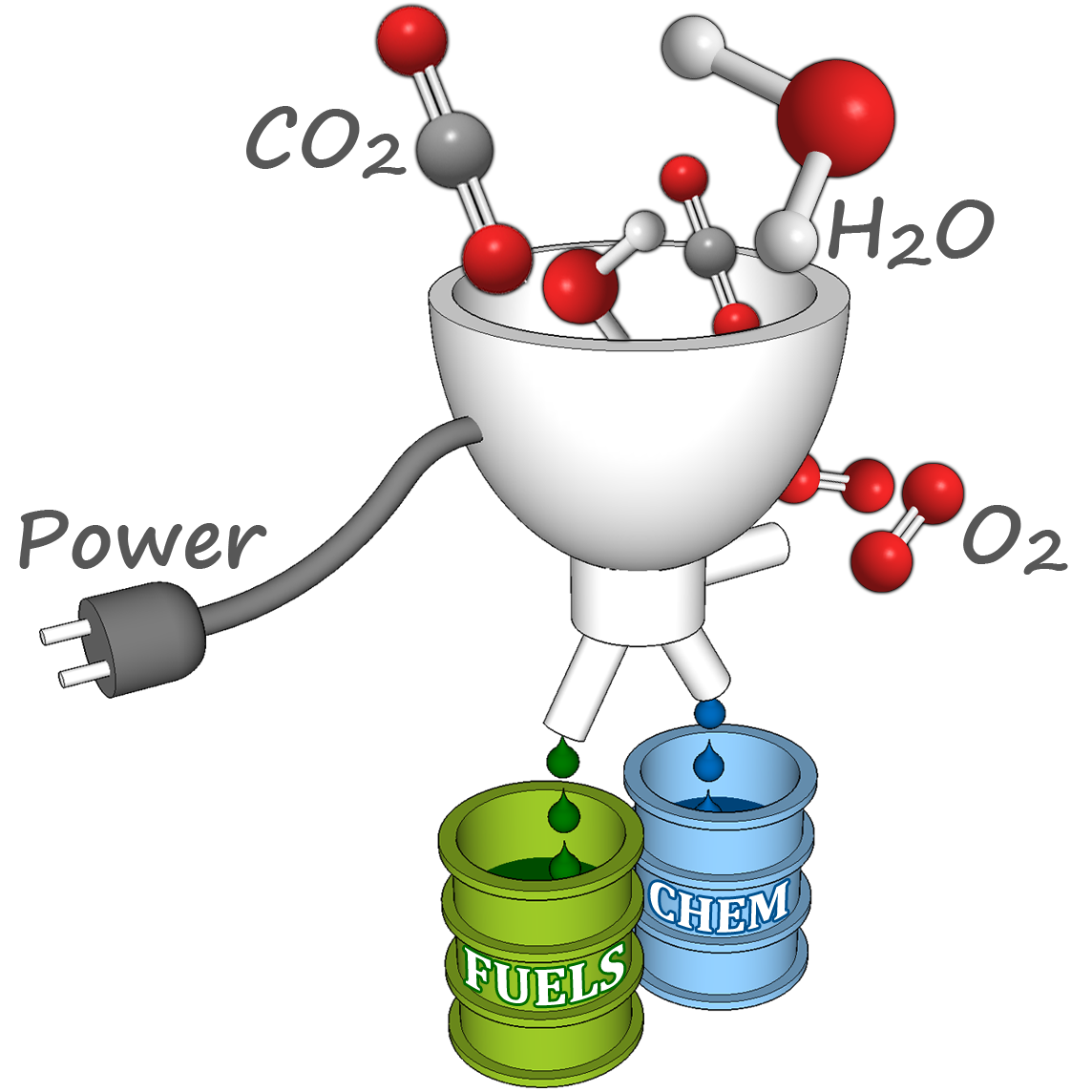The Institute

The IMVT is located on the North Campus of the Karlsruhe Institute of Technology in building 605 and the neighboring building 606.
In July 2009, Prof. Dr. Roland Dittmeyer was appointed to succeed Dr. Schubert as head of the institute and at the same time appointed to a newly created professorship for micro process engineering at the Faculty of Chemical Engineering and Process Engineering at the University of Karlsruhe. Since then, the IMVT has also had a branch at the Institute of Chemical Process Engineering on the South Campus in building 30.41.
Historically, the development of microstructured apparatus at the IMVT is based on the ability to manufacture nozzles with the smallest deflection radii of up to 30 µm by machining with polished shaped diamonds. The so-called separation nozzles were used for the enrichment of fissile uranium from isotope mixtures. The technology of mechanical microstructuring was first used at the end of the 1980s at the then Institute for Nuclear Process Engineering at the Karlsruhe Nuclear Research Center to produce microstructured heat exchangers and reactors (Schubert et al., DE 37 09 278 A1, 1988). The development of microstructure apparatuses for process engineering was consistently driven forward during the 1990s and ultimately led to the founding of the IMVT as an independent institute in 2001.
More than 70 people from 6 different countries currently work at the IMVT.
WHAT IS MICRO PROCESS ENGINEERING
ADVANTAGES OF MICRO PROCESS ENGINEERING
Research focus - Power-to-Molecules (PtM)
The future of energy supply increasingly lies in the use of electricity as primary energy, as the associated energy sources areCO2 emission-free and renewable. This poses unprecedented challenges to our traditional energy balance:

-
Ensuring our electricity grid stability with significantly less rotating mass in the system
-
Bridging dark doldrums
-
Storing and transporting local overproduction while taking increasing decentralization into account
-
Ensuring transition technologies for the successful implementation of the energy transition
-
Flexible, intelligent and dynamic regulation of information and material flows
-
Sector coupling of different producers and consumers
We are at a point where we can tackle these major challenges with existing technologies. The next step is to link the existing expertise and components that are needed to make the energy transition a success .
This problem has been recognized and is currently being tackled with many strong projects and subsidies. As decentralization will play a decisive role, load-flexible approaches are unavoidable, which cannot be fulfilled by conventional reactor concepts in the planned scenarios.
Due to the decisive advantages resulting from the use of microstructured structures, the demand for this technology in current research focuses is therefore very high. The orientation of project work within the institute is therefore increasingly moving towards the"power-to-molecules" approach. From the production of renewable fuels as long-term energy storage (Fischer-Tropsch products, DME, methanol) to micro-separation technology and intermediate storage options such as LOHCs, solution-related applications are being developed, tested and improved here. This is always done in cooperation with strong partners.
Our field of research ranges from the production and testing of highly active catalyst concepts and the chemical reactions and syntheses themselves to reactor design and production, research into downstream separation techniques and innovative analysis concepts.
You can find out more about our broad portfolio of research topics and technologies here.
Energy Lab
In Germany, the energy transition aims to make the energy supply more climate and environmentally friendly. In addition to the expansion of renewable energies, however, the energy supply must remain affordable and reliable. Wind and solar energy do not provide constant electricity at all times of the day and year, and often not at the place where it is needed. This imbalance between the generation and consumption of renewable energies calls for new concepts for their transportation, distribution, storage and use.
These concepts are being investigated by the Helmholtz Centers Karlsruhe Institute of Technology (KIT), German Aerospace Center (DLR) and Forschungszentrum Jülich (FZJ ) in a new large-scale research infrastructure - the Energy Lab.
With the Energy Lab as a research infrastructure and real laboratory, the partners are investigating the interaction between the components of connected energy networks of the future. This involves testing and developing the intelligent linking of electricity with a wide variety of storage systems and consumers, load and fuel-flexible electricity generation and the secure information and data network required for this, as well as new grid hardware and topologies and methods for grid stabilization and control strategies.
Energy Lab is funded by the state of Baden-Württemberg and the Federal Ministry of Education and Research (BMBF) and the Federal Ministry for Economic Affairs and Energy (BMWi).
Project partners:
Supported by:



Kopernikus - Power-to-X
How can we store renewable electricity?
The steadily increasing share of renewable energies in the electricity supply means that large amounts of electricity are already being produced at times when the wind is blowing and the sun is shining strongly. In a few years' time, Germany's entire electricity demand will be covered by wind and photovoltaic power on windy summer days in the middle of the day. Above all, however, with the increasing expansion of renewable energies, more electricity will be generated on such days than is currently needed. As there are still too few options for storing electricity and this situation will not change quickly enough from today's perspective, we will have to find other ways.
The more flexibly it can be used, the more efficient the entire energy system will be. This is the only way to ensure a secure, affordable and environmentally friendly supply in the future.


